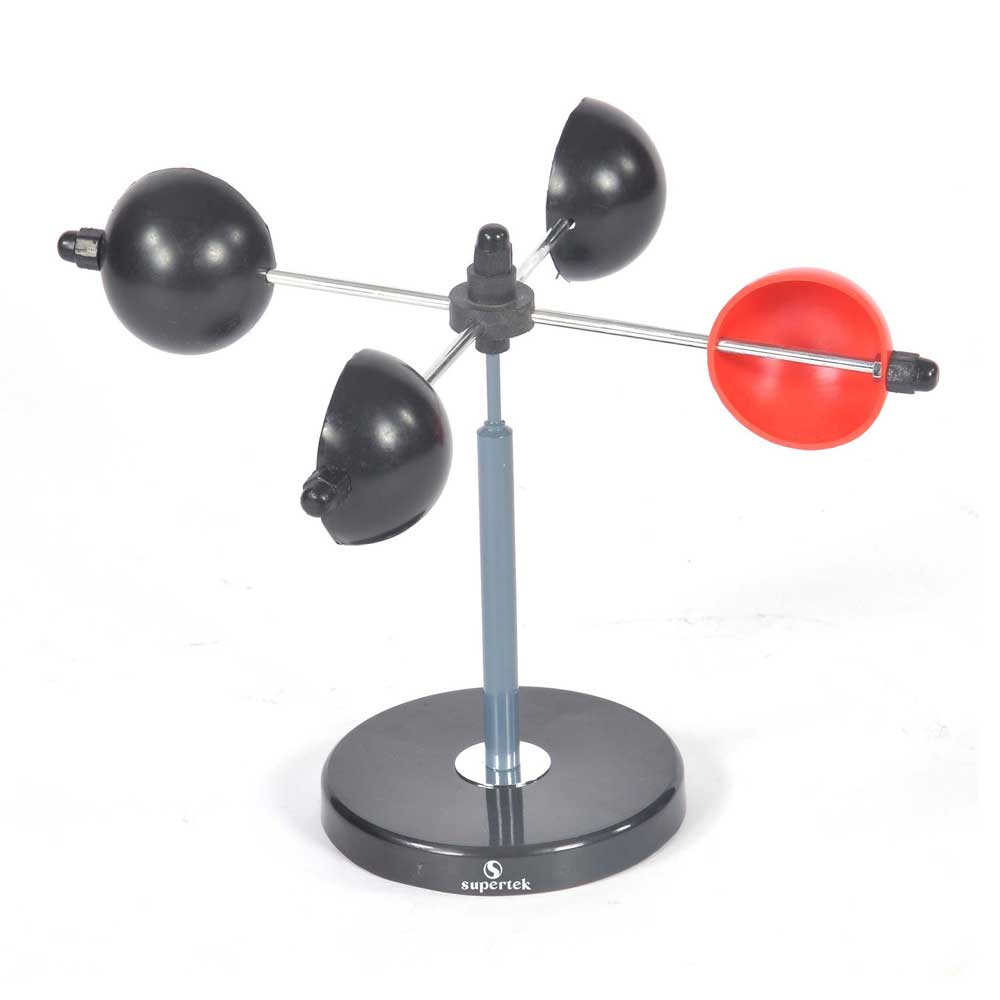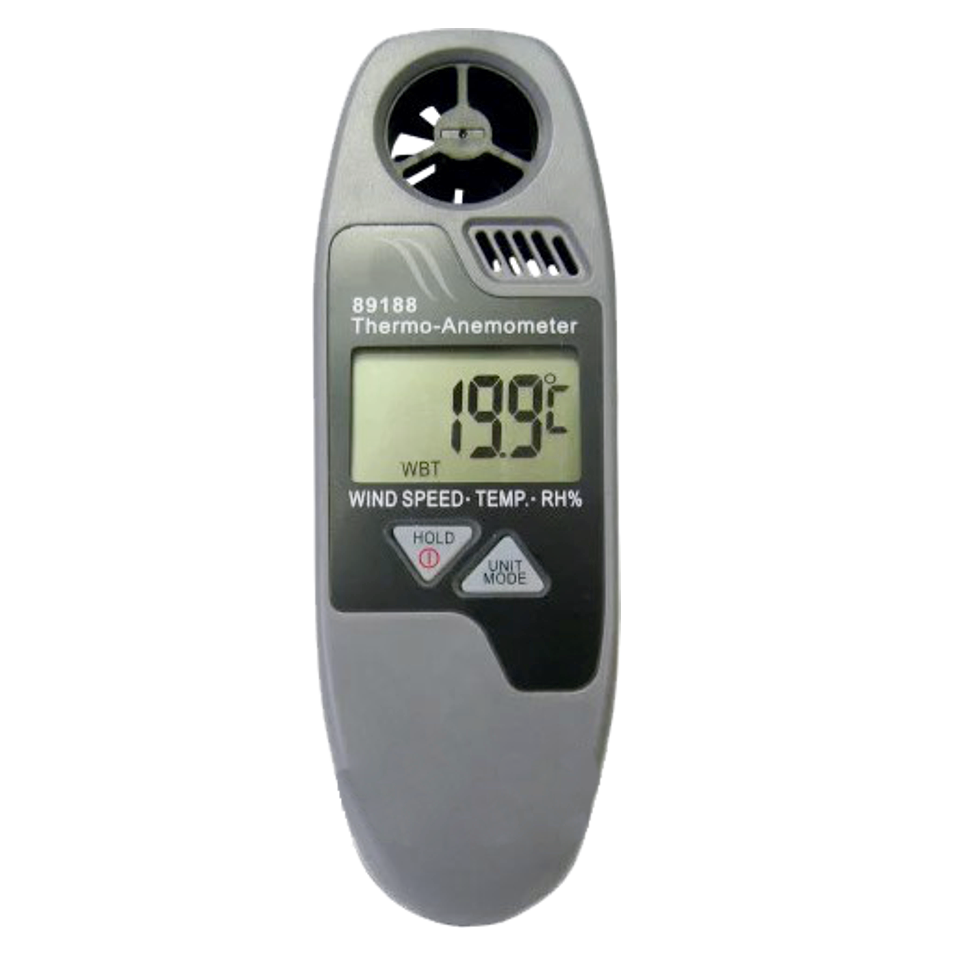How to Preserve and Look After Your Anemometer to Make Certain Longevity
How to Preserve and Look After Your Anemometer to Make Certain Longevity
Blog Article
Discovering the Functions and Advantages of Anemometers for Weather Enthusiasts and Professionals
Anemometers stand as important devices in the realm of weather monitoring, accommodating both fanatics and skilled specialists alike. These gadgets provide a window into the dynamic globe of wind patterns and rates, offering invaluable information for atmospheric evaluation and forecasting. From cup anemometers to sonic anemometers, each type brings its one-of-a-kind set of benefits and applications, dropping light on different aspects of climatic problems. As we dive into the functions and advantages of anemometers, a much deeper understanding emerges not only of dominating climate sensations however also of the more comprehensive effects for industries like wind energy manufacturing and environmental research.
Importance of Anemometers in Weather Surveillance
Anemometers play an important duty in weather condition monitoring by supplying accurate dimensions of wind speed, helping in forecasting and understanding climate patterns. These tools, ranging from typical cup anemometers to modern-day ultrasonic anemometers, are vital for meteorologists, scientists, and weather fanatics alike. By gauging wind speed, anemometers aid in figuring out the strength of weather phenomena such as storms, twisters, and cyclones. Additionally, they offer beneficial information for aviation, maritime procedures, and numerous sectors that are sensitive to wind conditions.

Sorts Of Anemometers and Their Applications
The most common kinds of anemometers include mug anemometers, vane anemometers, hot-wire anemometers, and ultrasonic anemometers. Cup anemometers consist of 3 or four mugs mounted on straight arms that rotate with the wind, gauging its speed. Vane anemometers, on the various other hand, use an openly rotating vane to straighten with the wind direction, supplying both wind speed and direction dimensions.
Each type of anemometer has its one-of-a-kind advantages and applications. Mug anemometers are robust and appropriate for basic weather tracking, while vane anemometers are preferred for directional measurements. Hot-wire anemometers are sensitive to low air rates, making them optimal for indoor settings. Ultrasonic anemometers are non-intrusive and supply high accuracy, often used in study and specialized weather condition surveillance applications. Comprehending the features and applications of each sort of anemometer is vital for picking the most proper tool for specific weather condition monitoring requirements.
Advantages of Making Use Of Anemometers in Forecasting
In meteorology, the utilization of anemometers offers important advantages for boosting the accuracy of weather projecting. Anemometers gauge wind rate and direction, offering essential data for forecasting climate patterns. By integrating wind data into projecting designs, meteorologists can better understand the activity of climate systems, expect changes in weather, and problem more specific projections.
Furthermore, anemometers play an important duty in analyzing prospective weather threats. Checking wind rates assists forecasters predict extreme weather condition occasions such as cyclones, tornadoes, and winter months tornados with greater precision. This early caution system allows authorities to issue prompt alerts and apply required safety procedures, decreasing the threats to life and building.
Furthermore, Visit Website anemometers aid in optimizing sustainable energy production. By examining wind patterns, meteorologists can determine ideal locations for wind ranches and anticipate energy output, adding to the effective generation of wind power.

Anemometers in Wind Power Manufacturing
Given the crucial duty anemometers play in providing accurate wind data for weather condition projecting and threat assessment, their value encompasses the realm of wind power manufacturing. Anemometers are crucial instruments in the field of wind energy, where the measurement of wind rate and instructions is critical for determining the feasibility and efficiency of wind turbine setups. By properly gauging wind speeds at varying heights, anemometers help optimize the placement and style of wind turbines to maximize energy output.
In wind farms, anemometers are strategically placed to collect real-time wind data that is made use of to assess the possible power production of a site. This data contributes in determining the financial stability of wind power jobs and in forecasting energy generation to ensure grid security. In addition, anemometers aid in checking wind problems to enhance wind turbine performance, protect against damages from high winds, and make sure the security of personnel operating in the vicinity of wind generators.
Enhancing Weather Condition Comprehending With Anemometers

Anemometers play a crucial function in enhancing our understanding of microclimates. These localized climate condition can vary considerably from wider regional projections, making it necessary to have exact information for details locations. anemometer. By tactically placing anemometers in various areas, scientists can gather comprehensive information on just how wind behaves in different surfaces, city environments, or bodies of water
Furthermore, anemometers contribute to boosting weather condition forecasting versions by giving real-time data on wind behavior. This information is particularly beneficial for anticipating severe climate events, optimizing farming methods, and sustaining markets like air travel and maritime navigating. Generally, anemometers are very useful instruments that enable us to dig deeper right into the intricacies of weather condition systems, eventually causing more accurate forecasts and better-informed decisions.
Verdict
To conclude, anemometers play an important role in weather condition monitoring and projecting by gauging wind speed and instructions. They are vital devices made use of by weather lovers and professionals to gather exact data for anticipating weather condition patterns and evaluating possible impacts. Anemometers additionally have applications in wind power production, additional highlighting their significance in both meteorology and renewable resource fields. In general, anemometers add to boosting our understanding of weather sensations and boosting forecasting capabilities. anemometer.
From cup anemometers to sonic anemometers, each type brings its special collection of benefits and applications, shedding light on various aspects of atmospheric conditions. These get more instruments, ranging from standard mug anemometers to modern-day ultrasonic anemometers, are essential for meteorologists, researchers, and weather enthusiasts alike. The look at this site most common types of anemometers include cup anemometers, vane anemometers, hot-wire anemometers, and ultrasonic anemometers. Mug anemometers are durable and ideal for basic climate tracking, while vane anemometers are preferred for directional measurements. Anemometers are vital tools in the area of wind energy, where the measurement of wind speed and instructions is crucial for identifying the expediency and efficiency of wind turbine setups.
Report this page